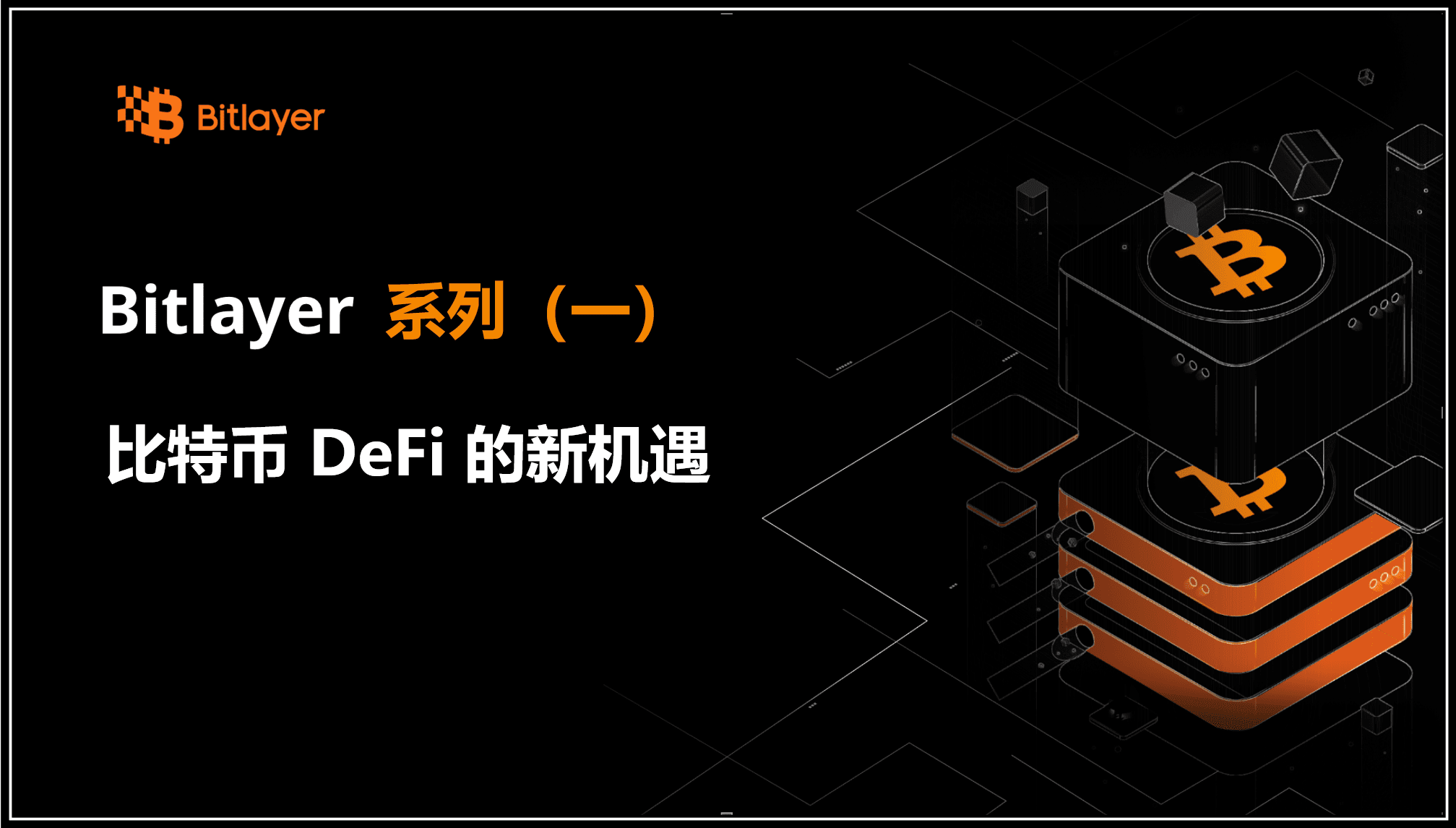Don't mind that the name 'Bitlayer' sounds a bit like some mysterious playback device; in reality, it is that kind of 'one-click plugin to supercharge Bitcoin' in Web3, directly unlocking BTC's 'homebody' attributes, equipping it with smart contracts and DeFi models, allowing the digital gold that could only lie still to truly come alive.
To put it simply: do you want Bitcoin to play smart contracts? This was once a pipe dream. But Bitlayer uses a combo of BitVM + ZK + Rollup technology to equip it with a brain similar to EVM, while also ensuring BTC's strong security. Imagine giving an antique car the latest AI control system while retaining the original engine—an exciting collision of the old and new, both hardcore and practical.
It is Bitcoin Layer‑2, and it is the most 'obedient' kind. All data security continues to be guaranteed by the Bitcoin main chain, and all outgoing states are monitored. The Rollup operations and validations are as steady as a delivery of a safe.
Let's talk about the 'asset interaction' of this thing. Bitlayer's bridge can not only allow your Bitcoin to run on Layer‑2 but also across the EVM ecosystem, like being able to move your home stove to your neighbor's without needing to plug it in again. DeFi, NFT, GameFi... all can be compatible.
Moreover, it is simply a 'mini-internet ECONLAND' on Bitcoin: dozens of projects have already launched, including TrustIn Finance, LayerBank, OKX NFT platform, Moonshot games, covering various sectors such as lending, issuance, NFTs, and gaming.
To be fair, the biggest highlight of this thing is: injecting computing power into BTC + stitching dimensions + ease of development. In the past, if you wanted to implement advanced logic on BTC, it was like drilling a tunnel. Now it's like dragging and dropping a few modules on Roblox; you can run a small project easily.
Of course, it didn't just appear out of nowhere. Bitlayer has completed the Token Sale for the $BTR token, raising a significant amount of funds, backed by big names like Framework Ventures, Polychain, and Franklin Templeton. The entire project is valued at $300 million, which is indeed very strong.
The token mechanics are also interesting: the total supply of $BTR (also called BTL) is crazily fixed at 1 billion, part of which is used to incentivize the ecosystem, governance voting, and for bridging and validator staking, just like you can be both a driver and a dividend shareholder, holding rights while participating in decision-making.
Speaking of data performance, Bitlayer's TVL has already reached hundreds of millions of dollars—some estimates on DeFiLlama show locked assets exceeding $250 million, with trading volumes in the hundreds of thousands weekly.
As I write this, I particularly want to make an analogy: Bitlayer is like installing a 'plugin marketplace' for Bitcoin; you can add whichever function you want: gaming, NFTs, lending, anything works. There’s no need to chop the main chain structure or change protocols; you can install it with one click. I am optimistic about its prospects because it enables BTC to truly take off, rather than just watching others play with fire.
Bitlayer is the kind of project that 'turns Bitcoin from an antique into a universal remote control'; it is both secure and flexible, and it has garnered support from major companies. In the future, if you want to see BTC no longer just as gold bars but as a truly 'living' currency capable of code interaction, you need to keep an eye on it.


